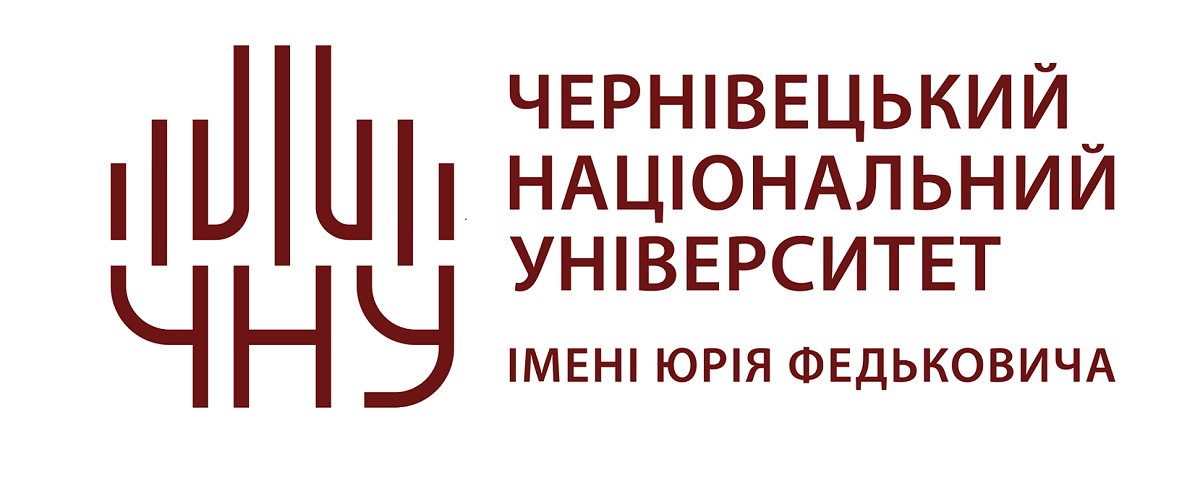Показати скорочений опис матеріалу
КОНЦЕПТУАЛЬНО-ТЕМАТИЧНА ГРУПА „ТВАРИНИ” У РОМАНІ ЛОНГА
| dc.contributor.author | Chakal (Makar), Inesa | |
| dc.contributor.author | Оліщук, Роксоляна Леонідівна | |
| dc.date.accessioned | 2023-03-31T17:10:54Z | |
| dc.date.available | 2023-03-31T17:10:54Z | |
| dc.date.issued | 2019 | |
| dc.identifier.citation | Оліщук, Р., Макар, І. (2019) Концептуально-тематична група „Тварини” у романі Лонга // Studia Linguistica : зб. наук. праць / Відп. ред. І.О. Голубовська. К., 2019. Вип. 14. C. 133-146. | uk_UA |
| dc.identifier.issn | 2411-1562 | |
| dc.identifier.uri | https://archer.chnu.edu.ua/xmlui/handle/123456789/6783 | |
| dc.description.abstract | У статті зроблена спроба здійснити системний опис назв тварин у романі давньогрецького письменника кінця ІІ ст. н.е. Лонга “Дафніс і Хлоя” та встановити їх роль у лексичній ідіосистемі письменника. Поєднавши функціонально-семантичний підхід до аналізу лексичної ідіосистеми письменника з когнітивним, було об’єднано наскрізні концепти, відображені в лексичних домінантах, які безпосередньо пов’язані з тематикою твору, у концептуально-тематичну групу “Тварини”. У межах КТГ “Тварини” було виокремлено назви домашніх тварин, диких звірів, комах, тварин, що живуть у воді, птахів. Найоб’ємнішою (29 назв) і найчастотнішою (397 фіксацій) у цій КТГ виявилась підгрупа “Назви домашніх тварин”, в якій зафіксовано найбільшу кількість домінант, порівняно з усіма групами (ἡ αἴξ, ἡ, ὁ βοῦς, ὁ τράγος, τὸ πρόβατον, ὁ, ἡ κύων). Домашні тварини відіграють надзвичайно важливу роль у житті пастухів. Кози і вівці вигодовували Дафніса і Хлою ще малими, зблизили їх у юності, сумували, коли закохані не були разом, раділи разом з ними і навіть були присутніми на весіллі головних героїв. Тут можна говорити про антропоморфізацію тварин у Лонга. Виявлено, що лексеми на позначення назв тваринного світу беруть участь у творенні численних художніх засобів (порівнянь, метафор, епітетів тощо), що обумовлено особливістю жанру твору та ідіостилю письменника. Ідіолект письменника тісно пов’язаний з концептуальною структурою художнього твору, що засвідчив аналіз КТГ “Тварини”. Мікроконцепти, що входять до неї, виступають актуальними елементами концептуальної картини світу письменника. Назви мікроконцептів реалізують свою семантику у мікроконтекстах, через семантичну сполучуваність з іншими словами, виявляючи прямий і переносний (образний) смисл, а загалом – естетично-філософський потенціал світогляду письменника. In the article, we attempt to provide a systematic description of the animal names in the novel by Longus, the ancient Greek writer of the end of the 2nd century A.D. “Daphnis and Chloe” and establish their role in the writer’s lexical idiosystem. By combining the functional-semantic approach to the analysis of the writer's lexical idiosystem with the cognitive, the conceptual concepts that are reflected in the lexical dominants and directly related to the subject matter of the work, were united into the conceptual-thematic group “Animals”. The names of domestic animals, wild animals, insects, animals living in the water, and birds were distinguished within the conceptual-thematic group “Animals”. The subgroup “Names of Domestic Animals” in which we found the highest number of dominants in comparison to other groups (ἡ αἴξ, ἡ, ὁ βοῦς, ὁ τράγον, ὁ τράγον, ὁ τράγον, ὁ, ἡ κύων) was the most abundant (29 names) and the most frequent (397 fixations) in this CTG. Domestic animals play very important role in the life of shepherds. Goats and sheep raised Daphnis and Chloe when they were little, brought them closer in their youth, were grieving when the lovers were not together, were rejoicing with them and even attended the main characters' wedding. Here we can speak about anthropomorphizing animals in Longus novel. It is revealed that the lexemes denoting the names of the animal world are involved in the creation of numerous tropes (comparisons, metaphors, epithets, etc.), which is due to the peculiarity of the genre of the work and writer’s idiostyle. The writer's idiolect is closely connected to the conceptual structure of the fiction text, as evidenced by the analysis of the CTG “Animals”. The micro-concepts that we include to this group are relevant elements of writer’s conceptual picture of the world. The names of micro-concepts actualize their semantics in micro-contexts, through semantic connectivity with other words, revealing a direct and indirect (figurative) meaning, and the aesthetic-philosophical potential of the writer's outlook in general. | uk_UA |
| dc.description.sponsorship | румунської та класичної філології | uk_UA |
| dc.language.iso | other | uk_UA |
| dc.publisher | Київський національний університет імені Тараса Шевченка | uk_UA |
| dc.subject | концептуально-тематична група | uk_UA |
| dc.subject | тварини | uk_UA |
| dc.subject | лексична домінанта | uk_UA |
| dc.subject | художні засоби | uk_UA |
| dc.subject | давньогрецький роман | uk_UA |
| dc.subject | Лонг | uk_UA |
| dc.title | КОНЦЕПТУАЛЬНО-ТЕМАТИЧНА ГРУПА „ТВАРИНИ” У РОМАНІ ЛОНГА | uk_UA |
| dc.title.alternative | Conceptual-thematic group “Animals” in the novel by Longus | uk_UA |
| dc.type | Article | uk_UA |
Долучені файли
Даний матеріал зустрічається у наступних фондах
-
Наукові праці
Наукові публікації співробітників факультету
